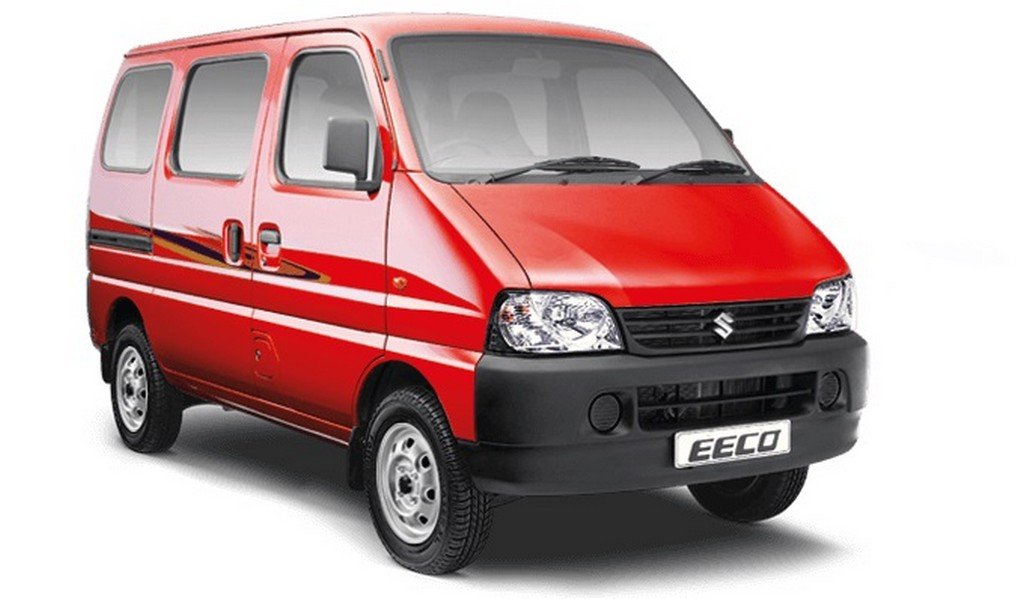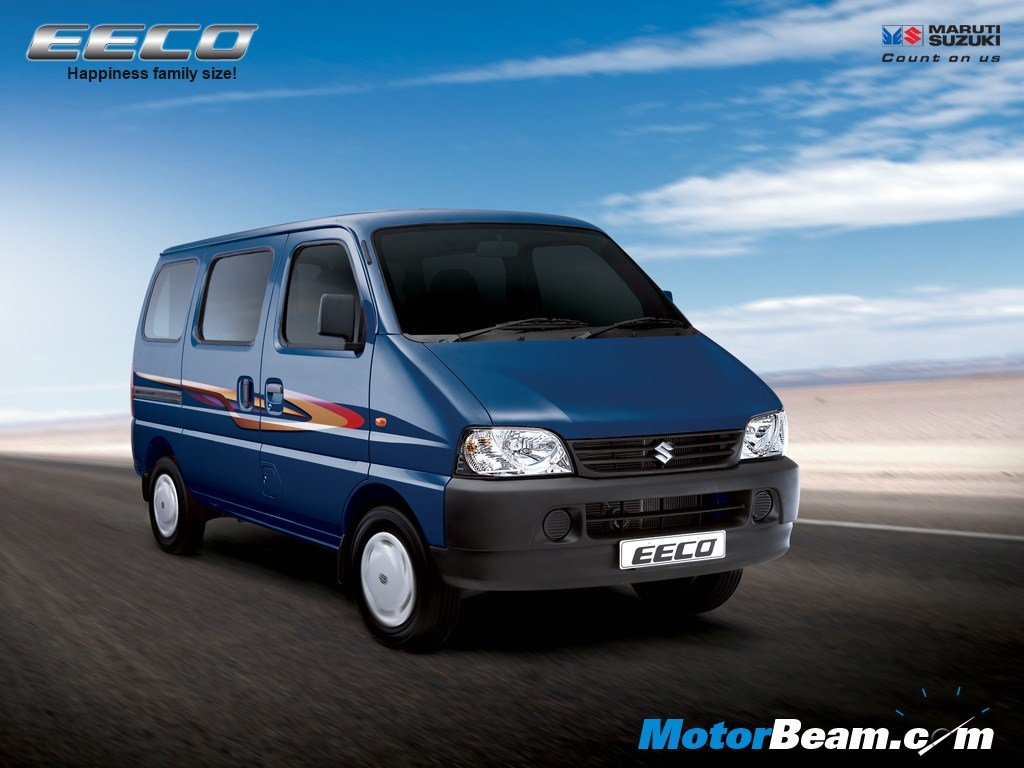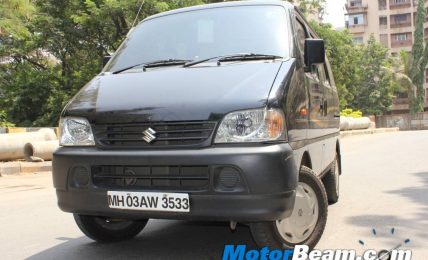The Maruti Eeco will be updated to comply with the newest crash-test norms.

With the deadline to comply with BS6 norms coming near, all the manufacturers are launching and updating models of their lineup with new engines. Due to this, the people hauler Maruti Suzuki Eeco is also geared up to get an engine update. Along with that, the Eeco shall be getting some structural enhancements and a redone nose to comply with the latest crash standards and pedestrian-protection norms.
Earlier this year, the Maruti Eeco received some safety updates from the manufacturer. The updates were ABS, rear parking sensors and an airbag for the driver, fitted as standard. Talking about the engine, we expect to see an updated version of the current 1.2-litre G-series petrol engine. The newer K-series powertrains seen in the Ignis, Baleno, Wagon R, Swift and Dzire are designed for a transverse-mounted, front-wheel-drive layout and that cannot be acclimated for the Eeco’s longitudinal engine layout and rear-wheel-drive architecture.
Currently, the BS4 compliant 1.2-litre G-series, 1196cc, 4-cylinder, petrol engine produces 73 PS and 101 Nm of torque, and in the CNG form, it produces 63 PS and 85 Nm of torque. The engine is mated to a 5-speed manual transmission. At present, the ARAI-rating for the petrol Eeco is 15.37 km/l and 21.94 km/kg for the CNG. But with the BS6 compliance, the power output and fuel economy are likely to get reduced. A price hike is also expected. At present, the Eeco is priced at Rs. 3.52-4.86 lakhs (ex-showroom, Delhi).
The Maruti Eeco has been a huge success in the Indian market. Around 5,00,000 units of the vehicle have been sold in India, since its launch 9 years ago. Amid the current automotive sector slowdown, the Eeco is still managing to pull off some great sales figures. Currently, the Eeco is available in 5- and 7-seater layouts.
Maruti Eeco BS6
– Current 1.2-litre G-series petrol engine to comply with the BS6 norms
– Likely to get safety updates too for improved crash protection
– Power and fuel-economy figures will be slightly reduced

Source – AutocarIndia.com



